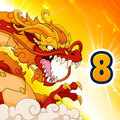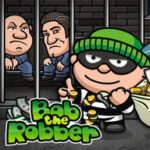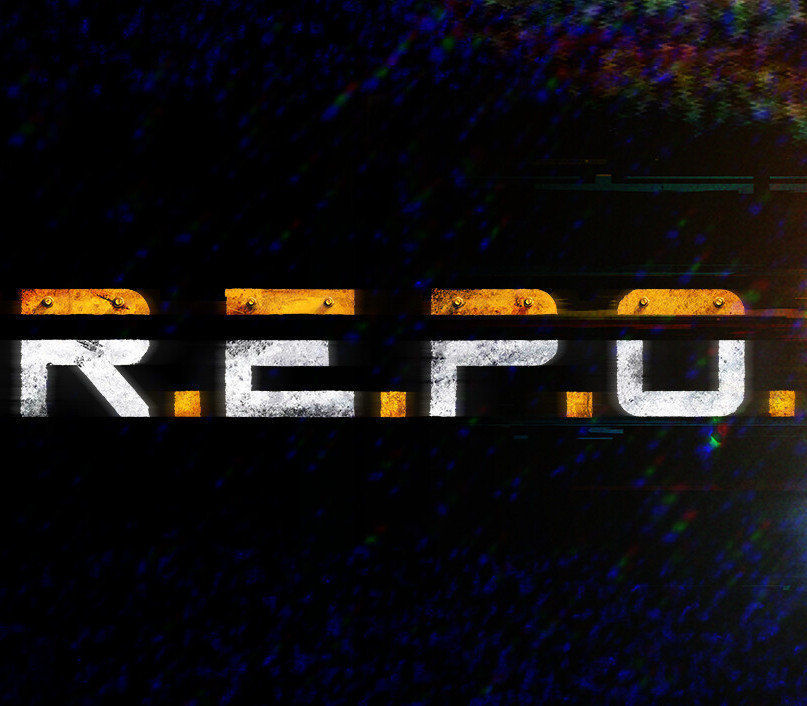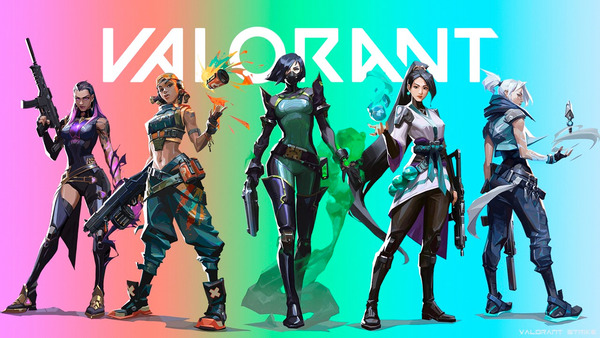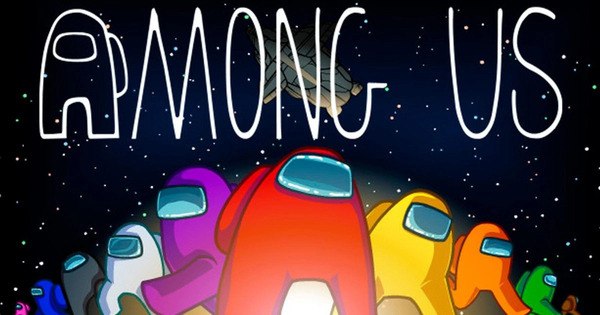Released by Lunime in 2020, Gacha Club stands as one of the most customizable and community-driven games in the mobile market. It invites players into a vibrant world where they can create characters, design scenes, and battle in various modes using units obtained through a gacha system. Unlike typical RPGs or battle-focused gacha games, Gacha Club emphasizes creativity, storytelling, and self-expression.
Gacha Club quickly became a viral sensation, especially among younger audiences and digital creators. With its combination of anime-inspired aesthetics, extensive design tools, and offline accessibility, it redefined what mobile character design tools could be.
Gacha Club
All trademarks belong to their respective owners.
Advertisement
Popular Now
Latest Reviews
-
 Roblox: Grow a Garden
Roblox: Grow a Garden is a farming and life-simulation game on the Roblox platform where players create and nurture their own digital gardens. Starting with a small plot of land, players can plant seeds, water crops, and harvest produce to earn in-game currency. This currency can then be used to expand garden plots, unlock new tools, and purchase decorative items, making each garden unique and personalized.
The game focuses on creativity, strategy, and time management. Players can experiment with different crop combinations, create hybrid plants, and participate in seasonal events for exclusive rewards. Trading and co-op gardening allow social interaction, where players can visit friends’ gardens, trade rare seeds, and collaborate on special projects.
With its colorful visuals, relaxing gameplay loop, and community-driven features, Roblox: Grow a Garden appeals to players of all ages. It blends casual enjoyment with strategic depth, providing a rewarding experience for both short play sessions and long-term goals.
Read full review
Roblox: Grow a Garden
Roblox: Grow a Garden is a farming and life-simulation game on the Roblox platform where players create and nurture their own digital gardens. Starting with a small plot of land, players can plant seeds, water crops, and harvest produce to earn in-game currency. This currency can then be used to expand garden plots, unlock new tools, and purchase decorative items, making each garden unique and personalized.
The game focuses on creativity, strategy, and time management. Players can experiment with different crop combinations, create hybrid plants, and participate in seasonal events for exclusive rewards. Trading and co-op gardening allow social interaction, where players can visit friends’ gardens, trade rare seeds, and collaborate on special projects.
With its colorful visuals, relaxing gameplay loop, and community-driven features, Roblox: Grow a Garden appeals to players of all ages. It blends casual enjoyment with strategic depth, providing a rewarding experience for both short play sessions and long-term goals.
Read full review
-
 Palworld
Palworld could evolve from a curious early-access experiment into a genre-defining masterpiece.
Read full review
Palworld
Palworld could evolve from a curious early-access experiment into a genre-defining masterpiece.
Read full review
-
 PEAK
A powerful framework for personal mastery, but one that requires balance, self-compassion, and constant recalibration.
Read full review
PEAK
A powerful framework for personal mastery, but one that requires balance, self-compassion, and constant recalibration.
Read full review
-
 ARK: Survival Ascended
A beautiful, ambitious remake with both legacy charm and modern flair.
Read full review
ARK: Survival Ascended
A beautiful, ambitious remake with both legacy charm and modern flair.
Read full review
-
 Counter-Strike 2
Sharp, nostalgic, and full of competitive potential.
Read full review
Counter-Strike 2
Sharp, nostalgic, and full of competitive potential.
Read full review
-
 REMATCH
An essential human dynamic that offers storytelling, strategy, and emotional resolution in one compelling package.
Read full review
REMATCH
An essential human dynamic that offers storytelling, strategy, and emotional resolution in one compelling package.
Read full review














